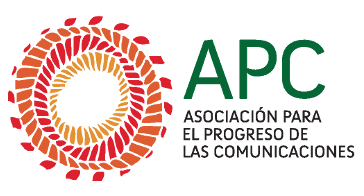GenderIT.org in-depth
Role of internet in realising sexual and reproductive rights in Uganda: Interview with Allana Kembabazi
Mukono Health Center IV provides relatively better services and is usually crowded. Image Source: Report by Initiative for Social and Economic Rights on Monitoring the Right to Health
The Global Information Society Watch (GISWatch) 2016 focuses on economic, social, cultural rights (ESCRs) and the link it has to the internet. Does the internet enable or disable the realisation of ESCRs?
In Search of Allies: Interview with TBTT campaigners in India
Image Source: Cartoon featuring character Karnika Kahen created by Kanika Mishra
In the current world, with so much of our lives online, it is important to remember that the negatives from the physical world also translate online. The patriarchal norms from the offline spaces also occur online. Violence against women and other gender and sexual minorities in an effort to silence them is a common occurrence.
Technology as lingua franca: Interview with Caroline Tagny
Bianca Baldo: Bringing tech- related violence against women and girls to the table, through the Take Back the Tech Campaign, required numerous initiations and collaborations. Please describe how you became involved with the campaign?
Caroline Tagny: In 2007, I was working for the organisation Alternatives in Montreal when a few of us* started the Take Back the Tech campaign. At the time, I was responsible for coordinating the portfolios of the youth internship program and the ICT program.
V for Vale: 10 year journey of TBTT! Campaign in Bosnia and Herzegovina
Initiated in 2006, the campaign Take Back the Tech! in Bosnia and Herzegovina has greatly contributed to raising awareness of how ICTs are connected to violence against women, and it has strengthened the ICT capacity of women’s rights advocates, while creating original and varied content. At the same time, BiH Take Back the Tech! and their campaigners have worked actively on building a community to strategize around eliminating violence against women through digital platforms.

Asociación para el Progreso de las Comunicaciones (APC) 2022
Si no se dispone lo contrario, el contenido del sitio web de APC se encuentra bajo la licencia Creative Commons Atribución 4.0 Internacional (CC BY 4.0)


